UX&UI / 2021
DesignHub: Designing for Empowering Communication Service Providers (CSPs) to Design Services more Efficiently
Responsibilities: User Research, Concept Design, UI Design & UX Evaluation
The Challenge
To be able to offer tailored slice-based services, Communication Service Providers (CSPs) need to be able to design services efficiently at scale. However, as the complexity of the business environment and the networks is growing, the current siloed service design tools and processes that are designed for more traditional static telco services are extremely complex and overlapping, which makes it difficult and time-consuming to build new services.
As a core component of Nokia Digital Operation Center, DesignHub is cloud-native software for CSPs to design digital and slice-based services.
My Role
As one of the lead UX Designers for the DesignHub project, I participated in the project development from the kickoff meeting to the product release and multiple rounds of iteration afterward. I was responsible for customer research, value proposition design, and early concept design. I then created the UI design and conducted a corresponding UX evaluation, which laid the groundwork for subsequent iterations. This was the start of something big.

OSS is an industry that’s undergoing constant, and massive change. But it still hasn’t been disrupted in the modern sense of that term. It’s still waiting to have its Uber/AirBnB-moment, where the old way becomes almost obsolete by the introduction of a new way. OSS is not just waiting, but primed for disruption.
- Ryan Jeffery
Principal Consultant, Infosys, PassionateForOSS.com
#Think
Contextual Inquiry
To design a good solution, the first step is to understand the problem you’re solving. I conducted a set of contextual interviews with Nokia solution architects and delivery engineers who worked on service creation. I observed and listened as they worked. They demonstrated current service creation tools and walked me through the current process of service design and pointed out the problems they were facing.
2. Many separate products that do similar things in their own way, with different data models, different workflow engines, UIs, etc.
3. Large support and maintenance costs, and low productivity in operations.
4. Software is designed inside-out: starting from technology instead of customer problems
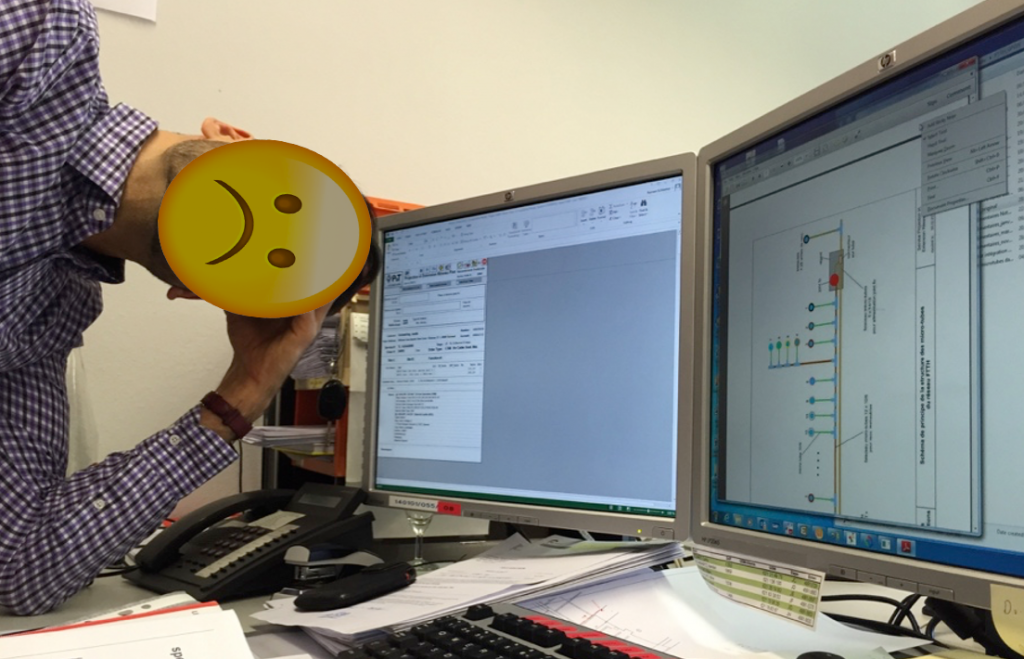

Stakeholder Interviews
2. Define the service composition in a declarative manner
3. Use standards compliance to scale services up
4. Publish the service so that the client systems order
5. Manage the service through the whole lifecycle
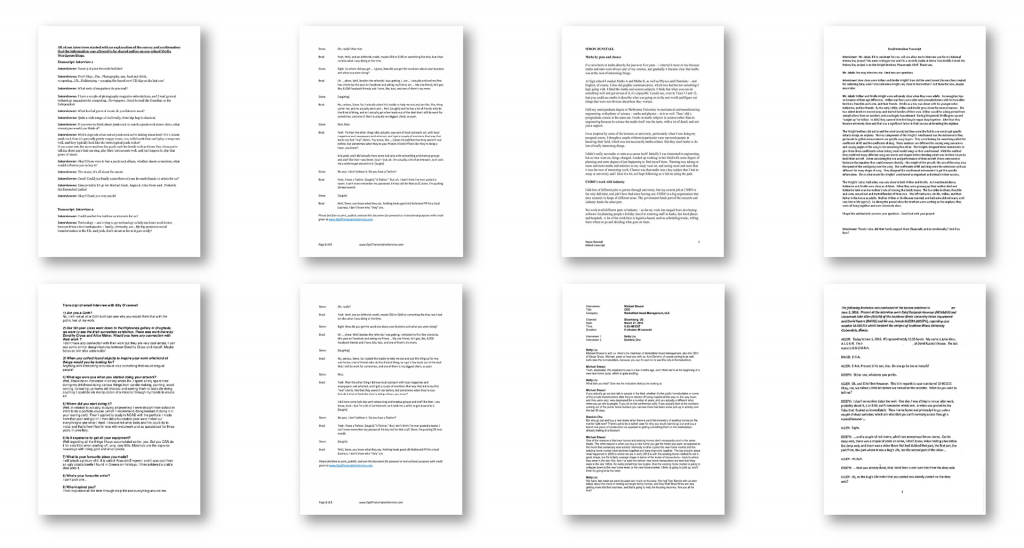
Product Design Vision Creation
Based on the identified problems, the next step is set to structurally reduce complexity. Starting from the customer experience and working backward to technology, we aim to design a fit-for-purpose and complete service design solution where target customers/users can reach their desired results in their real-life circumstances from the first trigger to completion.

Co-creation Workshops
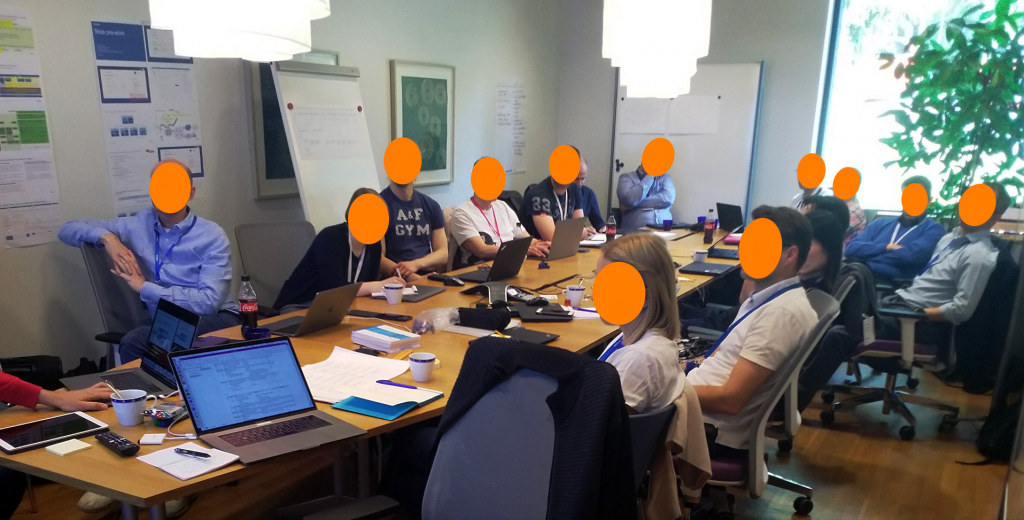

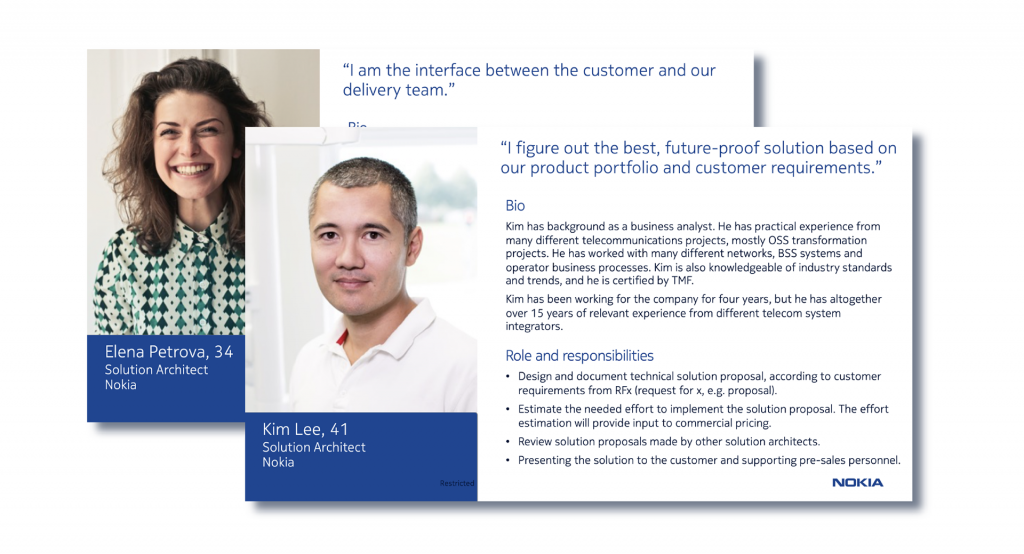
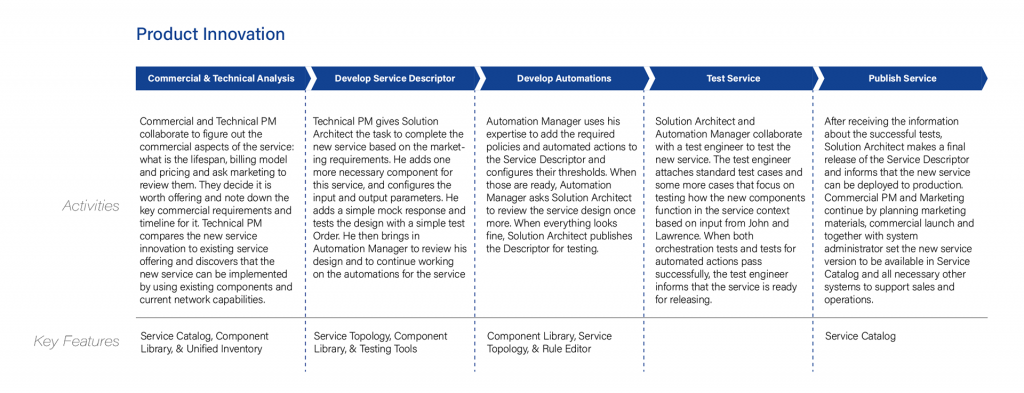
Success Criteria
2. Good overview and drill-in view for service details
3. Minimize time from new Product idea to the start of marketing (Minimum number of necessary actions to complete typical tasks end-to-end)
4. Quick access for viewing and managing Services and components for creating new products and understanding how they can be combined
2. Minimize lines of source code (product and CSP-specific solution)
3. Able to test BSS/OSS integration and run automated test
Concept Design & Validation
Based on the research insights, I proposed DesignHub, a consolidated user interface to create, modify, and manage services at a high level without caring about implementation by combining existing service components quickly and efficiently within standard compliance (e.g., TOSCA language).
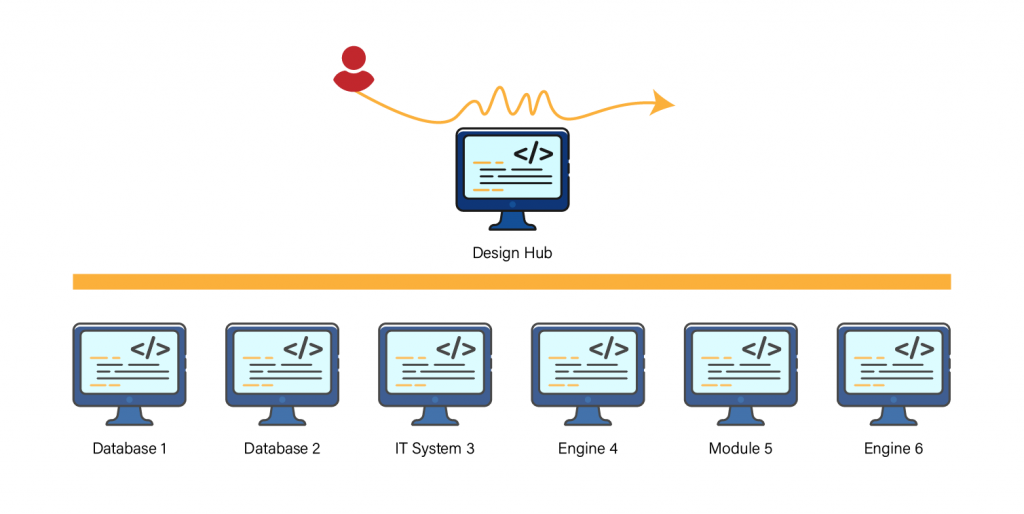
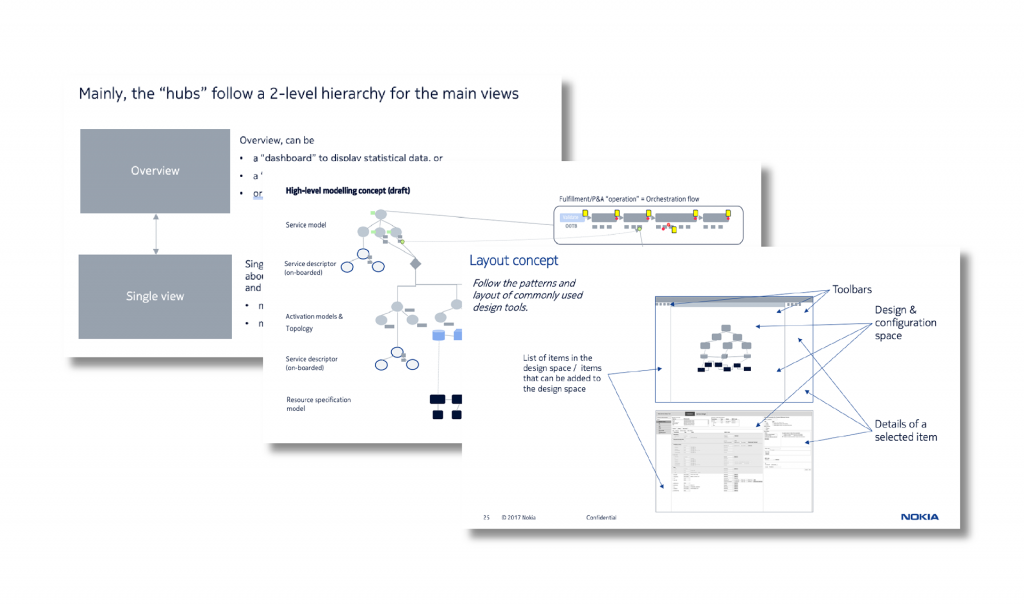

#Make
Wireframes
Once we had a solid direction for the design, I began to produce multiple different variations of wireframes. I then put the designs in front of users and internal stakeholders for testing and feedback. This helped me to narrow the design down, which I used to establish a single design framework, and thus move into visual design.
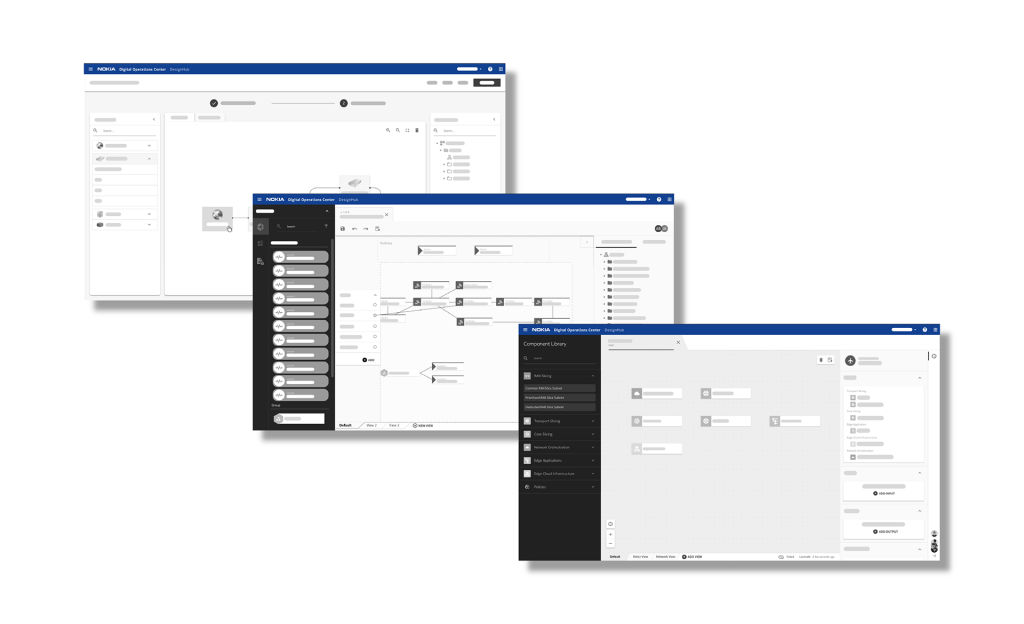
Mockups
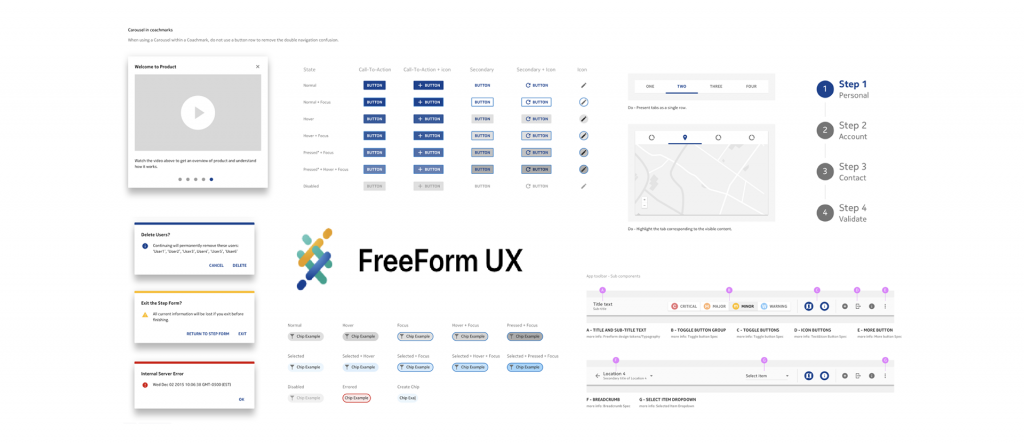
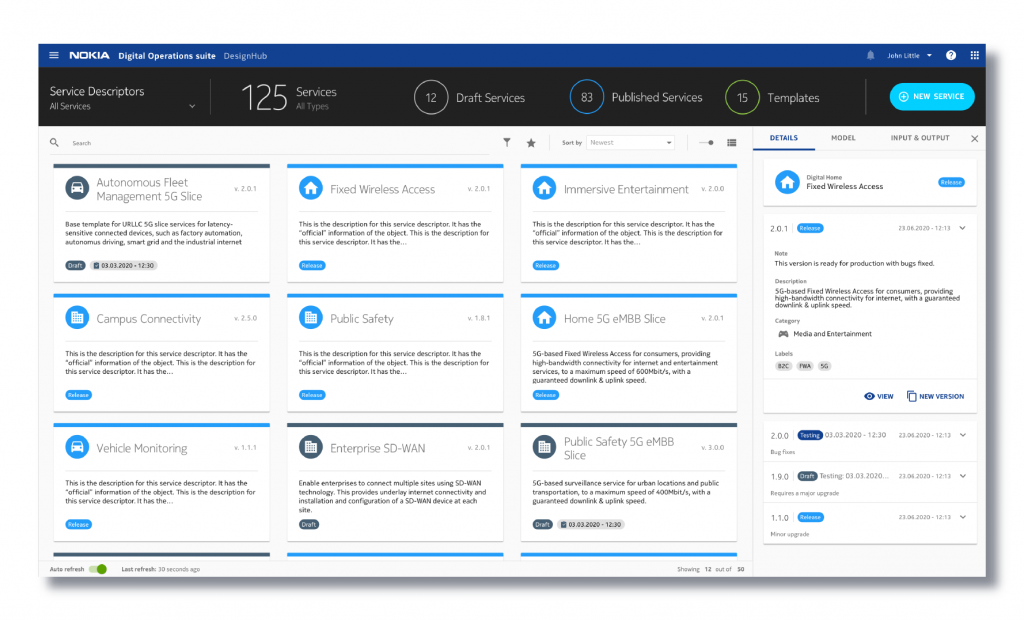
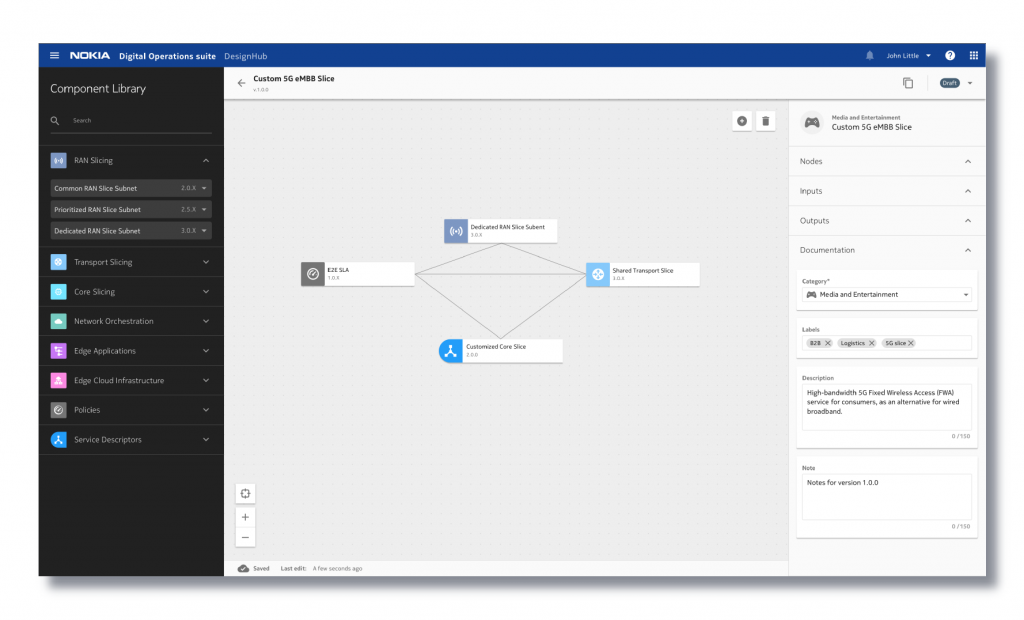
Accessibility
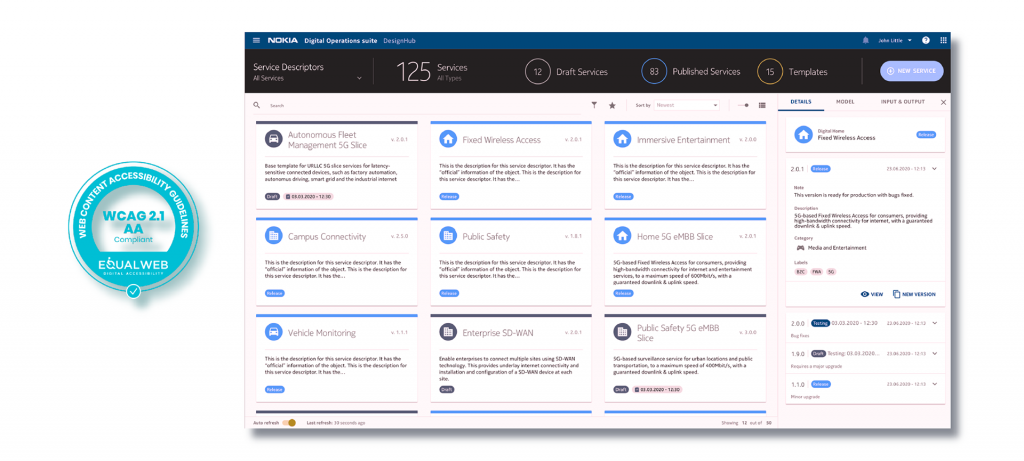
Test
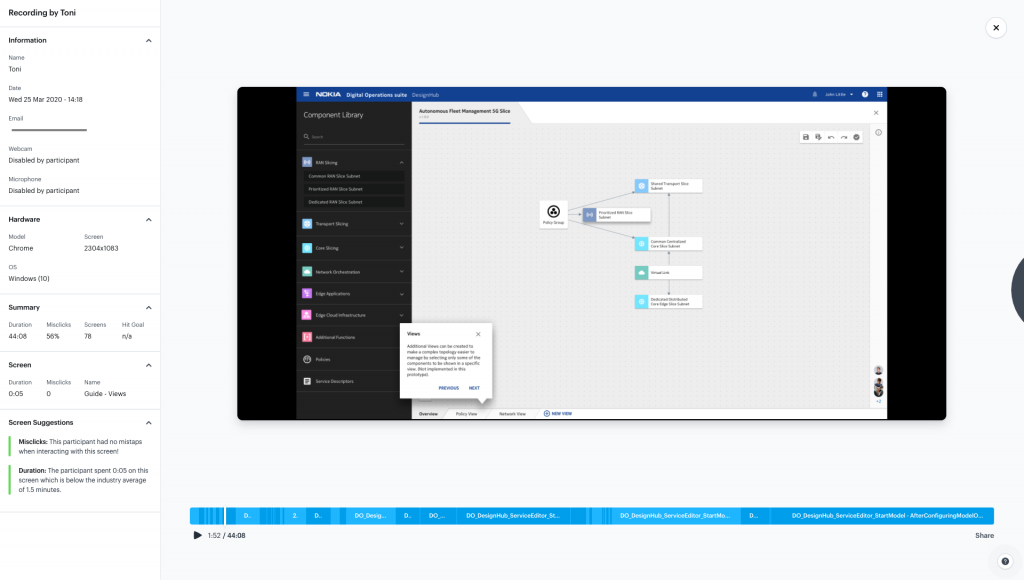
Release!
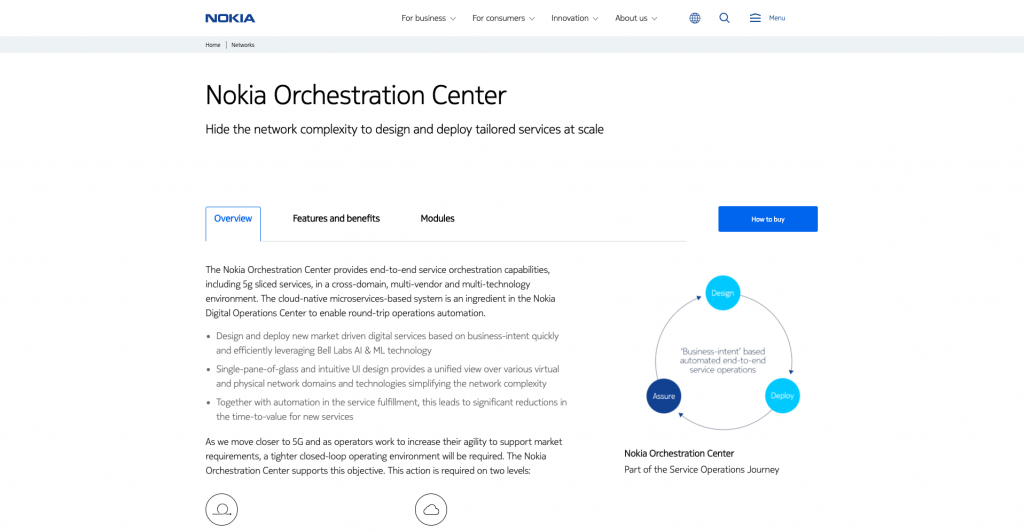
#Check
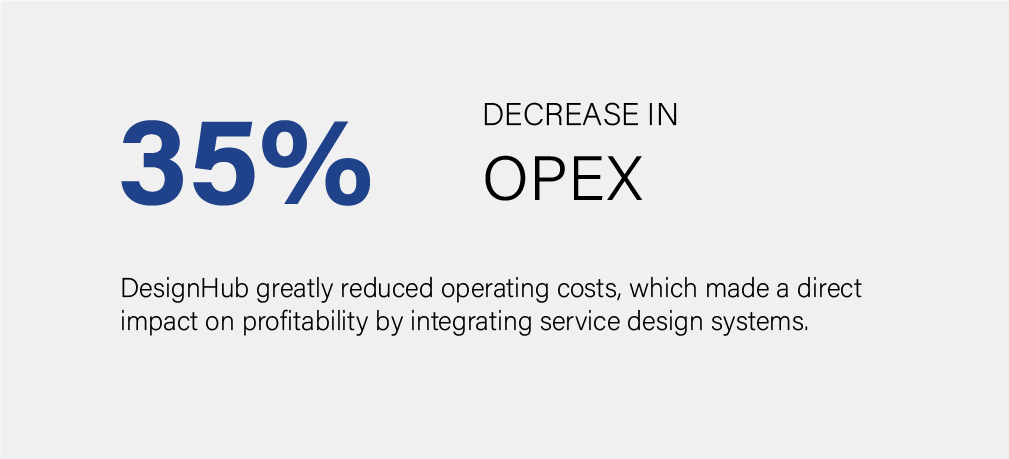


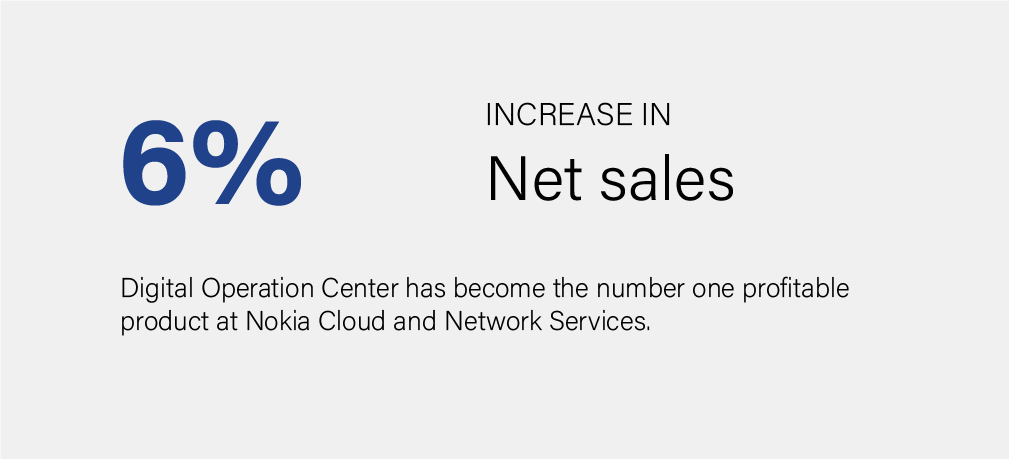
Impact
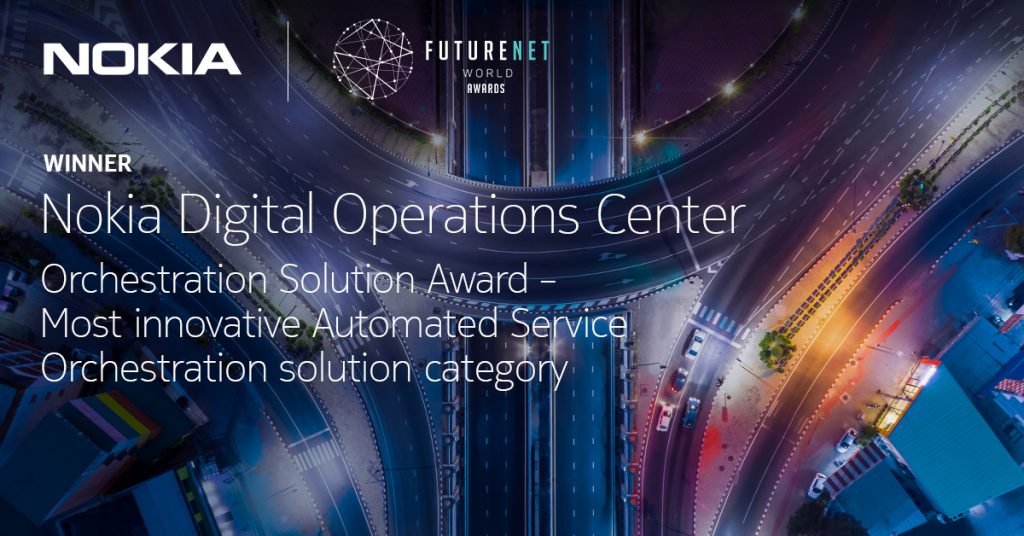
#Reflection
Perhaps the most rewarding part of this project was applying the full Lean UX process within the SAFe framework. Lean UX makes it quick to build a version of a product adapting to the customer’s changing requirements even in very late development.
